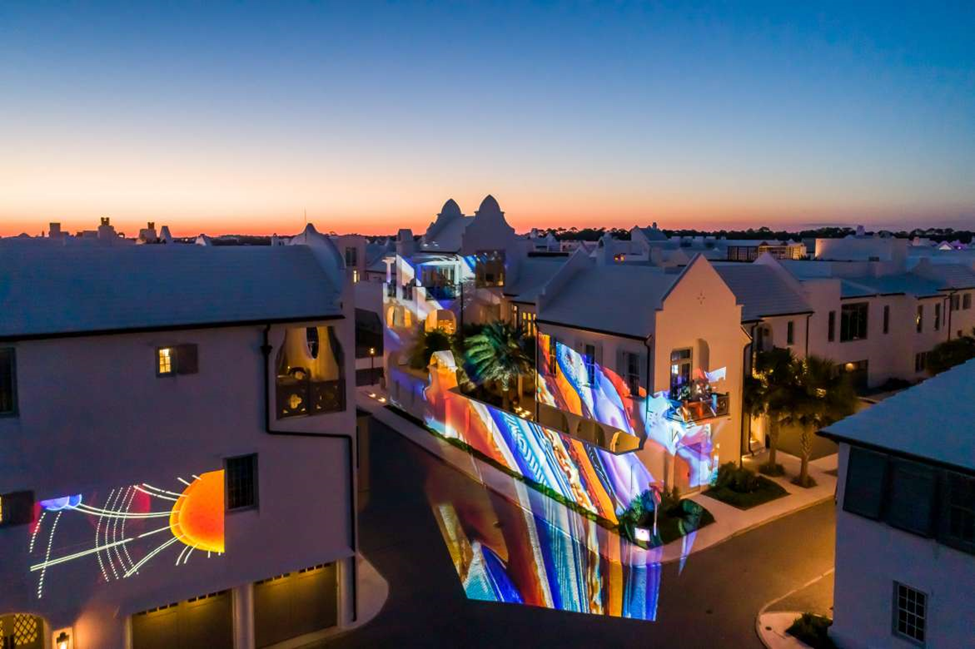Digital Case Study - Virtual Graffiti - Kyle Kieneker
- CMNS340 Media In Action
- Apr 12, 2022
- 4 min read
Digital Case Study: Virtual Graffiti
CMNS-340-001 Kyle Kieneker #300182558
Key Relevance Statement
Graffiti has evolved beyond the cans of spray paint and markers we traditional picture and has entered the world of VR and augmented reality, allowing artists to express themselves in a whole new format. Context
Graffiti has long been central to street culture, encompassing expressions of politics, satire, social commentary and more. As a form of urban artwork graffiti has transformed from an underground, sometimes illegal culture to an accepted mainstream form of art. Artists like Banksy, D*Face, Shepard Fairey, Blek le Rat and more helped bring graffiti into its current level of notoriety.

(D*face, n.d.)

(Blek Le Rat, 2020)
Augmented and virtual reality has become a new way for artist to express themselves, painting works of art on a digital canvas, which can then be projected onto a blank wall or other surfaces in the real world or displayed in digital galleries in the metaverse. This new form of artwork allows artists to express their creativity without fear of prosecution for vandalism or defacing property. Allowing multiple artists to paint their works on the same canvas, the options for display are limitless.
In various forms it has come out of the streets and into art galleries across the globe, sparking a new generation of inspiration for artists and patrons of the arts. When considering what I envision the culture of Cascadia in 2041 to be, I believe street art will still be a part of the new culture. With a growing population primarily locating themselves in dense urbanized areas, the culture of graffiti and street art will continue to flourish, with artists focusing on climate change and other pressing social issues that will undoubtedly intensify over the coming years.
Techniques and Process
The technology behind VR graffiti has several elements of virtual and augmented reality incorporated. There are multiple companies developing not only the software resources but also the tools to enable this new form of digital artwork. First, through using virtual reality platforms like Oculus or the HTC Vibe, a digital world is created that artists can then engage in. This tech is complimented by the tools used to create the art, whether traditional VR controllers or with specialized spray cans. These spray cans emit infrared light which is then captured by a standard VR camera and projected digitally on the virtual wall (Eden Gallery, 2021).
Another way artists can create works is by using augmented reality platforms to leave their works of art in a real world location for all to see. Designing and creating artistic pieces, then finding locations for their work to live in an augmented reality, an artist’s work can be viewed using smart glasses, smartphones, or personal computers by viewing the world through the device’s camera. The use of augmented reality incorporates the traditional opinions many artists have for graffiti, that it should be free and viewed by anyone, not just the elite world of art connoisseurs in a posh art gallery.
Media/Business Considerations
Digital graffiti has entered the mainstream art world in recent years, garnering recognition in a reoccurring art show hosted in Alys Beach, Florida. This art show has been occurring for the past 14 years and is set to host its 15th annual Digital Graffiti Festival on May 13th and 14th, 2022. The artists creations are projected on the walls of the small oceanside town for the two day festival.

(SoWal, 2021)

(SoWal, 2021)

(SoWal, 2021)
With the upcoming rise of the metaverse and digital properties, graffiti and street art will become another part of the digital landscape. Sotheby’s International has created a space in Decentraland exclusively for selling NFT artworks, whether street art or other more traditional artwork. This inspired another space to be created within the metaverse (Gaskin, 2021). STREETH is a new company devoted to displaying street art in the metaverse, giving a digital space for traditional street artists to both earn money and display their art for their fans. The incorporation of the tokenization of artworks into NFT’s gives artists the ability to earn money for their works outside the traditional artworld which was often restricted to only the wealthiest individuals purchasing from private auctions (Haute Living, 2021).
Conclusion
Graffiti and street art has long been seen as an act of vandalism and still carries the stigma to this day. By bringing the style of artwork to the mainstream, artists have created their own niche space to express their ideas and opinions to the masses. The next step in this realm of art is moving into the digital space, taking what was once an underground movement of artists and turning them into cultural icons. While losing the messy spray paint cans and the accompanying adrenaline rush might be hard to part with for some artists, the next generation of street artists are beginning to embrace this new means of expression.
References:
“Digital Graffiti Wall.” IGNITE VR, 3 Jan. 2020, http://ignite-vr.com/portfolio/digital-graffiti-wall/
Eden Gallery. “Digital Graffiti: What Is It & How It Works?” Eden Gallery, 27 Dec. 2021, https://www.eden-gallery.com/news/what-is-digital-graffiti
Gaskin, Sam. “The Metaverse Is Already Here. How Will the Art World Inhabit It?” Ocula the Best in Contemporary Art Icon., Ocula, 26 Nov. 2021, https://ocula.com/magazine/art-news/how-will-the-art-world-enter-the-metaverse/.
Haute Living. “Streeth Is Building a Street Art Museum on the Metaverse.” Haute Living, 1 Dec. 2021, https://hauteliving.com/2021/12/streeth-building-street-art-museum-metaverse/705598/
Muramatsu, Jack. “MINDstyle Presents Blek Le Rat's 'Enjoy Little Things in Life'.” Vinyl Pulse, 23 Dec. 2020, https://www.vinylpulse.com/2020/12/mindstyle-presents-blek-le-rats-enjoy-little-things-in-life.html
SoWal. “Digital Graffiti 2021 Photo Gallery.” SoWal.com, 2 Dec. 2021, https://sowal.com/photos/digital-graffiti-2021-photo-gallery
Comments